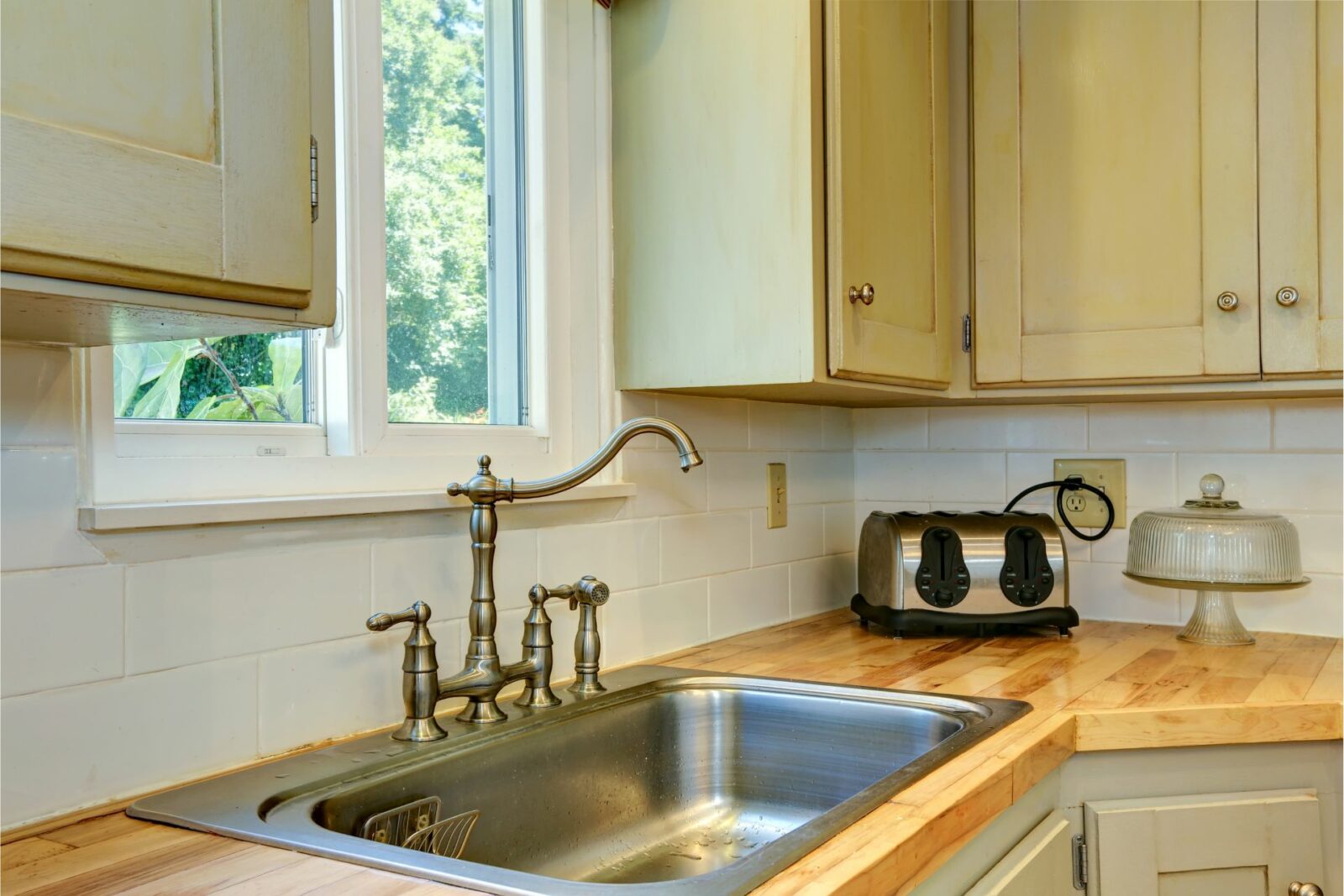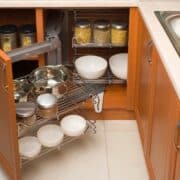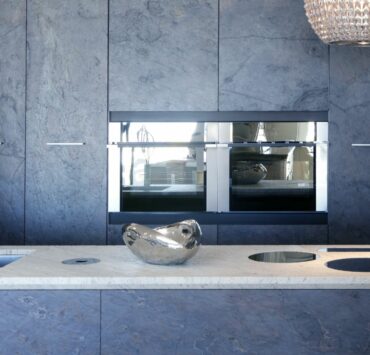The kitchen sink is one of the most essential components of any kitchen, and the cabinets surrounding it play a crucial role in its functionality and aesthetics. Kitchen cabinets with a sink offer both storage and style, making them a vital consideration for any kitchen remodel or renovation. In this detailed guide, we will explore the different types of kitchen cabinet with sink, design considerations, installation tips, and maintenance advice to help you create a beautiful and functional kitchen.
Types of Kitchen Cabinets with Sink
1. Base Cabinets with Sink
Base cabinets with a sink are the most common type and are typically installed below the countertop. They provide ample storage space beneath the sink, often including drawers, shelves, or a combination of both. These cabinets are available in various sizes and configurations to accommodate single or double sinks.
2. Sink Cabinets with Apron Front
Sink cabinets with an apron front, also known as farmhouse sinks, have a distinctive front panel that extends slightly beyond the edge of the cabinets. These cabinets are designed to accommodate apron front sinks, which add a touch of charm and elegance to the kitchen.
3. Corner Sink Cabinets
Corner sink cabinets are designed to maximize the use of space in kitchens with limited room. These cabinets feature a sink installed in the corner, allowing for efficient utilization of the area. They often incorporate specialized corner storage solutions, such as Lazy Susans or pull-out shelves, to make the most of the available space.
Design Considerations for Kitchen Cabinets with Sink
1. Layout and Workflow
Consider the layout and workflow of your kitchen to determine the most suitable cabinet configuration. Ensure that the sink is conveniently located and easily accessible from other work areas such as the stove and refrigerator.
2. Size and Storage Capacity
Choose cabinets that provide ample storage space to accommodate your needs. Consider the size and depth of the sink to ensure it fits comfortably within the cabinet and doesn’t compromise the storage capacity.
3. Material and Finish
Select high-quality cabinet materials that can withstand exposure to water and moisture. Opt for finishes that are easy to clean and maintain, such as water-resistant laminates or sealed wood finishes.
4. Style and Aesthetic Appeal
Align the style of the cabinets with the overall design of your kitchen. Choose cabinet doors, handles, and hardware that complement the sink and create a cohesive and visually appealing look.
Installation Tips for Kitchen Cabinets with Sink
1. Measure and Plan
Accurate measurements are crucial for proper cabinet installation. Measure the dimensions of the sink, taking into account any additional space required for the faucet and plumbing connections. Plan the layout of the cabinets, ensuring they align with the sink placement and meet your storage needs.
2. Plumbing Considerations
Consult a professional plumber to ensure that the plumbing connections align with the sink and cabinet configuration. Proper positioning of water supply lines, drainpipes, and venting is essential for efficient and leak-free operation.
3. Secure and Level Installation
Securely anchor the cabinets to the wall studs to ensure stability and prevent sagging over time. Use shims and a level to ensure the cabinets are perfectly level and plumb during installation.
Maintaining Kitchen Cabinets with Sink
Regular maintenance is essential to keep your kitchen cabinets with a sink in optimal condition. Follow these maintenance tips:
- Wipe down the cabinets and sink regularly to remove any spills, stains, or residue.
- Avoid using harsh chemicals or abrasive cleaners that can damage the cabinet finish or sink surface.
- Promptly address any plumbing issues, such as leaks or clogs, to prevent damage to the cabinets and surrounding areas.
- Check and tighten any loose handles, hinges, or hardware on the cabinets periodically.
- Apply a protective sealant or wax to wooden cabinets to enhance their durability and resistance to moisture.
In conclusion, kitchen cabinet with sink are essential components of a functional and stylish kitchen. By considering design factors, following proper installation techniques, and maintaining them regularly, you can create a kitchen space that is both aesthetically pleasing and highly functional for your everyday needs.








